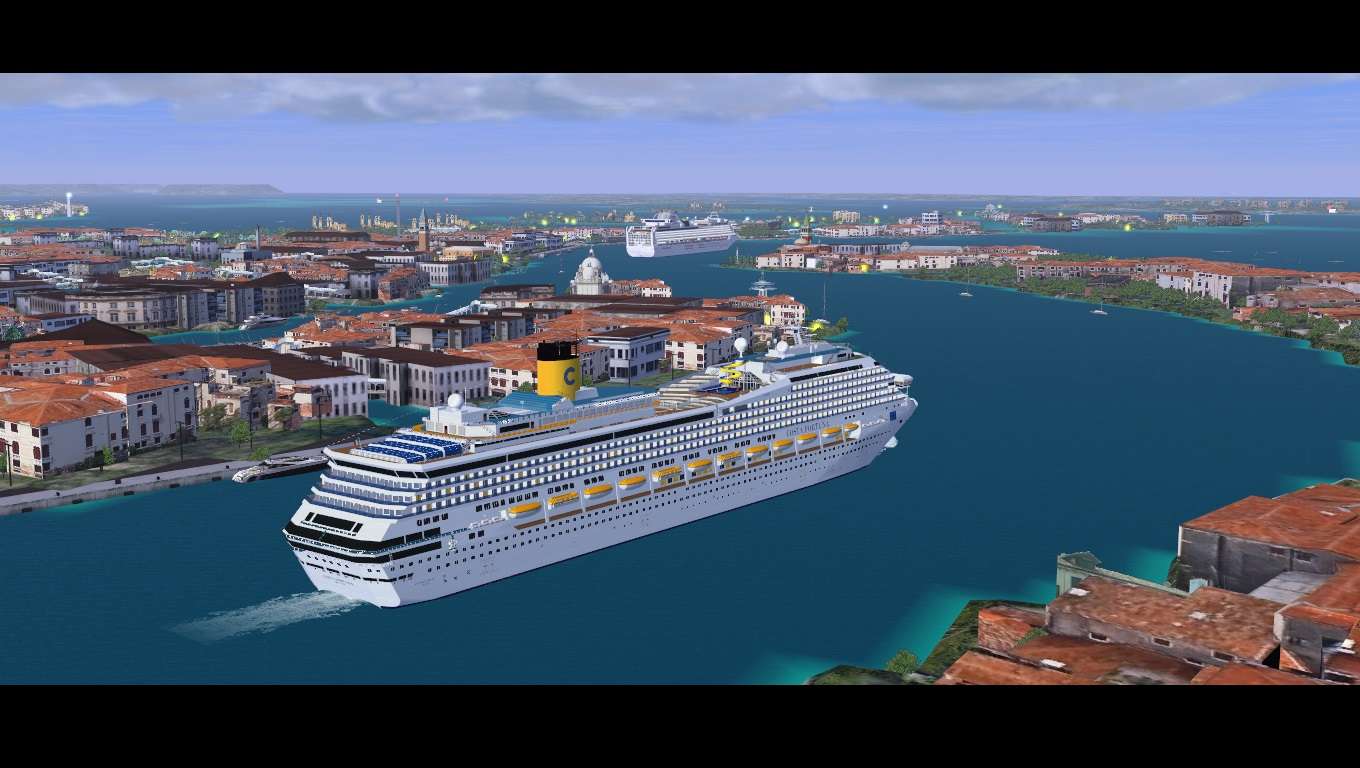
Results show that the through-the-ground parallel configuration with front-mounted motors achieves an optimal balance of efficiency, simplicity, and cost. A weighted ranking system is developed to organize the simulation results and to determine the best drive train configuration for the Formula Hybrid vehicle. The most noticeable discrepancy between the input cycle and the actual velocity profile of the vehicle occurs during deceleration.
Vehicle simulator framework series#
The output from these ADVISOR simulations is a series of plots of velocity profile and energy storage State of Charge that provide a good estimate of how the Formula Hybrid vehicle will perform on the given course. Input cycles are created based on rough estimates of track geometry. Three different vehicle models are developed to optimize the drive train of a vehicle for three stages of the SAE Formula Hybrid competition: autocross, endurance, and acceleration. These simulations are used to study how efficiency and agility are affected by the motor, fuel converter, and hybrid configuration. ADVISOR performs simulation calculations for vehicle position using a combined backward/forward method. These simulations are then applied in an application for the UC Davis SAE Formula Hybrid vehicle.
Vehicle simulator framework software#
Power flow simulations are conducted with the MATLAB/Simulink-based software ADVISOR. This study investigates the advantages and disadvantages of three hybrid drive train configurations: series, parallel, and ''through-the-ground'' parallel. Same, Adam Stipe, Alex Grossman, David Park, Jae Wan [Department of Mechanical and Aeronautical Engineering, University of California, Davis, One Shields Ave, Davis, CA 95616 (United States)

Get No 1 support from PhD experts.A study on optimization of hybrid drive train using Advanced Vehicle Simulator ( ADVISOR)Įnergy Technology Data Exchange (ETDEWEB) We support research scholars to implement GrooveNet simulator projects. Get guidance from industry experts about installation of GrooveNet Simulator.

Web 2.0 integration in a Web-Based Decision Support System: Effect study of social networking on decision-making.The future of optical networks-a European view.Power management system design of an optical multiwavelength transport network.Advanced HF digital networks Proposal of Health Care Monitoring by Wireless Ad-Hoc Networking.A Separation Architecture also intended for Achieving Energy-Efficient Cellular Networking.


 0 kommentar(er)
0 kommentar(er)
